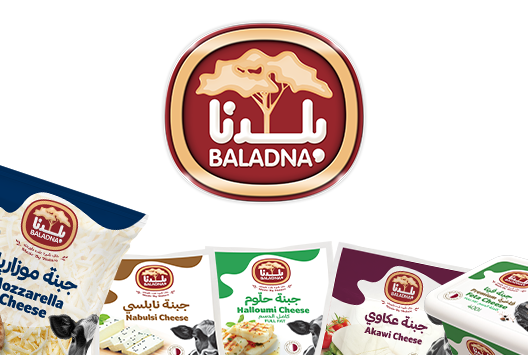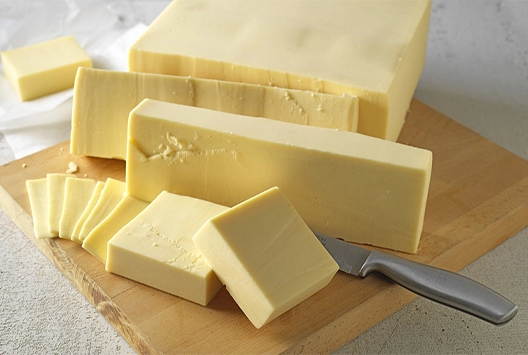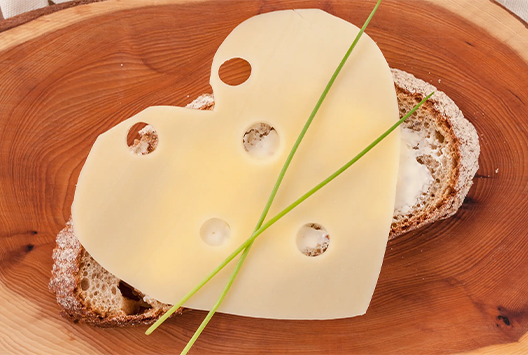
Shredded Mozzarella: Your Go-To for Any Cheesy Dish
Similar
When it comes to creating mouthwatering meals, shredded mozzarella is a must-have ingredient. Known for its creamy texture, mild flavor, and exceptional melting properties, this cheese can transform everything from homemade pizzas to sandwiches, pasta dishes, and even snacks.
Whether you're a pizza enthusiast or just looking to add a cheesy touch to your favorite recipes, shredded mozzarella is the perfect choice.
Truth is, shredded mozzarella is the ultimate pizza topping
Whether you’re crafting a classic pizza or experimenting with gourmet combinations, shredded mozzarella brings the perfect melt, flavor, and texture that makes every bite irresistible. Shredded mozzarella cheese is a staple in pizzas for several reasons:
Meltability: Mozzarella melts evenly and creates that signature stretchy, gooey texture that pizza lovers crave. When heated, it forms a smooth, golden layer that perfectly complements the crust and other toppings.
Flavor: Its mild, milky flavor enhances the taste of your pizza without overpowering other ingredients. Whether you’re using spicy beef pepperoni, fresh vegetables, or simple tomato sauce, mozzarella brings everything together.
Versatility: Mozzarella pairs well with a wide variety of toppings. From classic Margherita to loaded meat or veggie pizzas, mozzarella can adapt to whatever pizza creation you have in mind.
Texture: Shredded mozzarella adds a balance of creaminess and chewiness, making every bite satisfying. Its ability to create both a crispy outer layer and a soft, melted interior makes it the ideal pizza cheese.
Mozzarella isn’t just for pizzas though!
Mozzarella cheese isn't just for traditional pizza. Here are a few creative twists you can try:
Cheesy Garlic Bread: Mix mozzarella with garlic, butter, and herbs to create a delicious garlic bread that’s oozing with cheeseiness.
Turkey and Cheese Sandwiches: Melt shredded mozzarella over turkey slices in a sandwich for a gooey, flavorful bite. Add your favorite veggies, pickles, or spreads for extra flavor.
Mozzarella-Stuffed Meatballs: Mix shredded mozzarella into your meatball mixture or stuff it inside to create cheesy, juicy meatballs.
Cheesy Garlic Mozzarella Fries: Sprinkle shredded mozzarella over crispy fries and bake until melted, then top with garlic and herbs for a delicious snack.
Cheesy Mozzarella Quesadillas: Use shredded mozzarella in quesadillas for a stretchy, melted cheese filling. Add grilled chicken, bell peppers, or spinach for a tasty twist.
A Final Cheesy Note
Shredded mozzarella cheese is a versatile ingredient that elevates a variety of dishes beyond just pizza. Whether you're making a comforting homemade pizza, cheesy garlic bread, or adding a delicious twist to your favorite meals, shredded mozzarella ensures that every bite is satisfyingly cheesy.
So, next time you're planning a meal, don’t forget to reach for Baladna’s shredded mozzarella! It’s the key to creating a wide range of cheesy, flavorful dishes right in your own kitchen.



